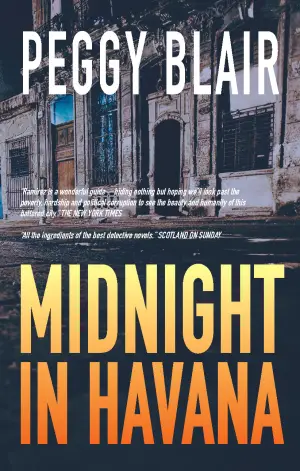Review: Narrative of My Captivity Among the Sioux Indians by Fanny Kelly
Sometimes, a book comes my way that resonates with the raw essence of survival and resilience—Fanny Kelly’s Narrative of My Captivity Among the Sioux Indians is one of those treasures. When I stumbled across this firsthand account, I was immediately drawn to the historical context; the story of a woman who was thrust into the chaos of a conflict between East and West during the 19th century sparked my curiosity. As I turned the pages, I found myself not merely reading her experiences but living them alongside her.
Fanny Kelly’s account is a riveting blend of terror, endurance, and unexpected empathy. Her story kicks off with a harrowing scene—the attack on her emigrant train, a narrative steeped in conflict and heartbreak. What struck me most was her dual perspective; while she shared the horror of her captivity, she also offered glimpses into the lives of her captors, the Sioux. This complexity is both refreshing and challenging, as it invites readers to ponder the nuanced dynamics of culture clash.
Throughout the book, Kelly’s keen observations shine like beacons amidst the darkness of her narrative. For instance, her reflections on the beauty of the Great Plains stand in stark contrast to her dire circumstances, creating a vivid tapestry of emotion and setting. While readers might expect a straightforward captivity tale, Kelly’s narrative is textured with moments of grace, compassion, and even humor. She writes, “In the midst of strife, life can still bloom,” a sentiment that lingered with me long after I finished reading.
Kelly’s writing style is dotted with authenticity and sincere simplicity, making her trials palpable and relatable. While some readers might note dated language, I found it charming—an echo of its time that further provides insight into the persisting cultural divides and biases of the era. Nonetheless, her account does dance on the edge of romanticism, often portraying her captors with a touch of human complexity that feels all too modern. I found myself wrestling with mixed feelings; her bravery is undeniable, but her perspectives may feel overly colored with the shades of her prejudices.
The emotional weight of Kelly’s narrative is palpable. As she fought for her survival, her capacity for empathy towards her captors developed, leading her to save lives even in her precarious position. Her ability to relay critical information to the troops looming outside her situation deepened my admiration for her—she was not just a passive victim; she actively navigated her dual existence. This nuance makes me reflect on the uncomfortable complexities of the past while also shaping conversations about understanding and coexistence today.
I wholeheartedly recommend this book to history buffs, those intrigued by indigenous narratives, and anyone interested in personal accounts of resilience. Narrative of My Captivity Among the Sioux Indians invites readers to confront difficult historical truths while pondering the unfavorable textures of humanity that can embellish even the brightest of stars.
Ultimately, my reading experience was profoundly moving. Fanny Kelly’s story nudges us to look beyond the obvious, to explore the shadows and light that define our shared history, and most importantly, to remember that every story has multiple facets. In an era where understanding and empathy are more necessary than ever, Kelly’s narrative serves as a powerful reminder of our collective journey through survival, conflict, and the possibility of harmony.
You can find Narrative of My Captivity Among the Sioux Indians here >>











